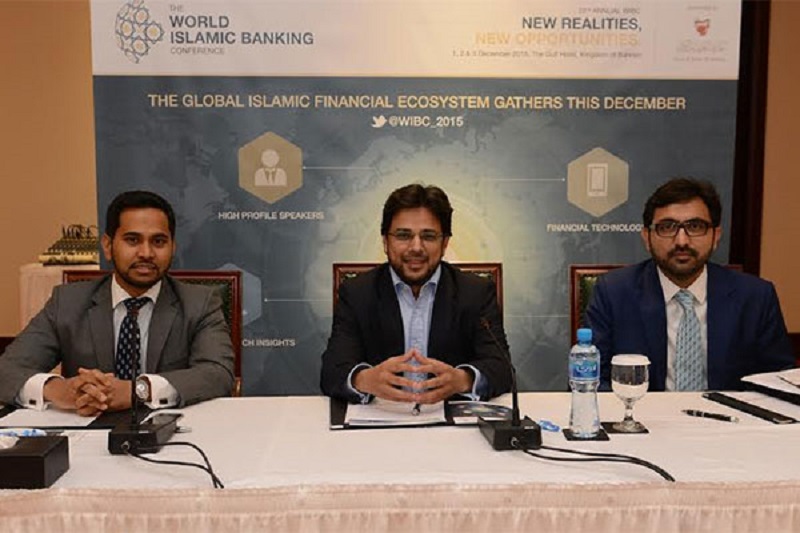ISLAMIC BANKING SET TO MAINTAIN GROWTH DESPITE ECONOMIC UNCERTAINTY


Manama, 20 Muharram 1437/2 November 2015 (MINA) – The GCC Islamic banking profit pool crossed $12 billion mark for the first time in 2014 with expectations that the sector will continue to grow amid regional economic uncertainty, a report said.
Nine core markets are currently the growth engines for the global Islamic finance industry, according to the World Islamic Banking Competitiveness Report 2015-2016 from Ernst & Young (EY), a global professional services firm, Trade Arabia Business online news reported.
The report identifies a group of 40 banks across these nine core markets that are systemically important to the future progress of the industry.
Out of the 40 banks, over 50 percent have an equity base of $1 billion or more, International Islamic News Agency (IINA) quoted by Mi’raj Islamic News Agency (MINA) as reporting.
The key strategic insights highlighted at a press conference hosted on Sunday by the World Islamic Banking Conference (WIBC) and EY to discuss the key strategic imperatives for the industry at the Gulf Hotel in Bahrain.
The report has been for several years a key feature at the annual WIBC, which is globally renowned for being, among other things, a platform for cutting-edge thought leadership and intelligence for the past 22 years.
The full year’s report will be developed by EY’s award-winning global Islamic banking centre and exclusively launched at WIBC 2015 on the December 2.
Ashar Nazim, partner global Islamic finance leader at EY, said, “The key findings of the EY World Islamic Banking Competitiveness Report (WIBCR) 2015-2016 provide some groundbreaking revelations which will help shape the future of Islamic banks.
Innovations in technology and digitalization call for transformation of customers’ banking experience across channels and all touch points and this transformation can help banks anticipate the changing needs of customer.”
The growth of the Islamic banking industry in the GCC, specifically in Saudi Arabia, in the past few years can be attributed to the increased public sector spending on the back of oil revenues.
It will be interesting to see how banks are affected as governments draw their reserves from the banking sector to narrow the gap on budget deficits due to the drop in the global oil price,” said Muzammil Kasbati, director, global Islamic banking center at EY.
WIBC 2015 is a gathering of the industry’s leaders taking place from the1st of December until the 3rd at the Gulf Hotel in Manama, Bahrain. (T/Imt/R03)
Mi’raj Islamic News Agency (MINA)






